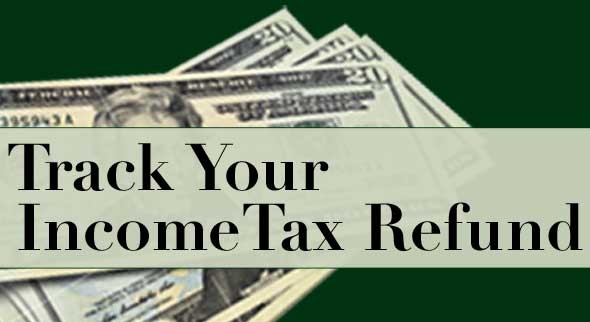If you’re feeling the stress of unpaid rent piling up or struggling to keep up with utility bills, you’re not alone. The Emergency Rental Assistance Program (ERAP) was created to help people like you stay in their homes during tough times. This program has been a lifeline for millions of Americans facing financial hardship, especially in the wake of the COVID-19 pandemic.
Here’s what you need to know about how it works and how you can get help.
What Is the Emergency Rental Assistance Program?
ERAP is a government-funded program that helps renters who are struggling to make ends meet. Whether you’re behind on rent, can’t pay your electric bill, or are worried about eviction, this program is designed to provide financial relief.
It’s not just for rent, either. ERAP can cover overdue utilities, internet costs, and even certain housing expenses like late fees or moving costs. The program was created to make sure people can stay in their homes and avoid the stress and instability of eviction.
Am I Eligible?
Eligibility requirements vary slightly depending on where you live, but here are the basics:
- Income Limits: Your household income usually needs to be at or below 80% of the median income for your area. Priority is often given to those earning 50% or less.
- Pandemic Hardship: You need to show that the pandemic hurt your finances—like losing your job, reduced hours, or medical bills.
- Housing Instability: If you’ve received an eviction notice, are behind on rent, or have past-due utility bills, that counts.
How Do I Apply?
The process is easier than you might think. Most areas have online applications through your local or state housing department. You’ll need to gather a few documents, like:
- Your lease agreement
- Proof of income (pay stubs or tax returns work)
- Utility bills or notices of past-due payments
- Any eviction notices you’ve received
Your landlord can also apply for assistance on your behalf with your permission.
Why You Should Act Now
While ERAP has helped millions, some states and cities are running out of funds. If you’re struggling, don’t wait—apply as soon as possible to see if you qualify.
If the funds are exhausted in your area, don’t give up. Local nonprofits, housing organizations, and legal aid groups may be able to step in with additional resources.
Where to Learn More
For more details, check your local housing authority’s website or visit the U.S. Department of Treasury’s page on the Emergency Rental Assistance Program.
Remember, you’re not alone. Programs like ERAP are here to give you the breathing room you need to get back on your feet. Don’t hesitate to ask for the help you deserve.



